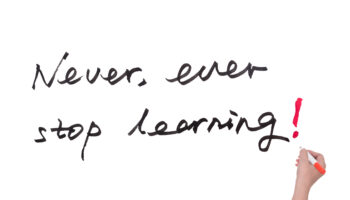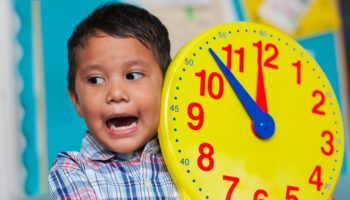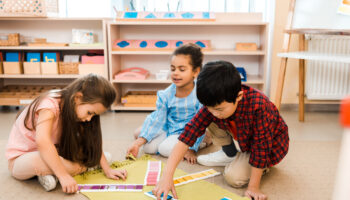By: Stefanie Camoni
Scientists use observation to collect and record data, which enables them to construct and then test hypotheses and theories. The same holds true in our classrooms. The more you observe the children, the better you can plan for their needs and interests. Beyond the classroom teacher, an outside observer such as a director, can provide valuable feedback to help improve classroom quality. In both cases, observation is the beginning step. The next step is taking that documentation and reflecting on it to inform decisions.
Taking notes while observing is extremely helpful for various reasons. First, anecdotal evidence is needed to support what is happening or not happening. Your notes will help you get an accurate picture. Note taking will help you create goals based on observed data that was written down. As you are taking notes consider the intent of what you are looking for. You may be observing a child’s fine motor skills or observing teacher-child interactions. Follow through and pay attention to an entire sequence of events.
When observing, it is important to leave your bias at the door. The outcome of your assessment is reliant on factual and objective observations. Here are some biases that could affect an accurate assessment:
- “This child is always misbehaving, so my observations will reflect only that.”
- “This teacher reminds me of myself when I started teaching, so I’ll only observe the good things.”
- “I just read an interesting article about classroom management, and that changed my view of what a productive classroom environment should look like. I will redefine the evaluation.”
- “The kids were rowdy and noisy as the activity started, so now I look for flaws when I observe you.”
- “I don’t want to upset anybody, so I am not going to differentiate and am going to score everyone in the middle.”
Observations should be factual and objective to be useful and meaningful. This means observers should write only what they see and hear and avoid using words that:
- Communicate judgment about a child’s feelings, intentions, and motivations,
- Are open to interpretation
- Describe an opinion
It might be second nature to observe based on what you know your children or teachers do on a regular basis. However, you want to look at quality in a specific time frame. If the practice is observed during your observation, count it; if it is not observed, do not consider it.
As a classroom teacher, review the observations and reflect on what you observed. Do you need to alter your lessons to provide more challenging activities, or do you need to provide more activities closer to their current skills? If you are an outside observer looking at classroom practices, review your observations with the people responsible for implementing changes. This will usually be the classroom teachers. It is important to celebrate strengths. Brainstorm areas for growth and create Continuous Quality Improvement (CQI) goals. Look for some short-term and long-term goals and prioritize them. Rome wasn’t built in a day. Plan to revisit your goals and program’s administrative practices regularly to assess and update as goals are achieved. The CQI process is cyclical as you continuously reflect on your practices and your drive for growth.
The practice of observing, documenting, and reflecting is an ongoing process. Schedule times that will observe, finding different times of the day to get an accurate picture of what is happening. Over time, you will see developmental successes with the children and enhanced classroom practices.
Click here to learn more about program observation instruments in Pennsylvania.
Refer to the links below for more information and resources on classroom observations.




